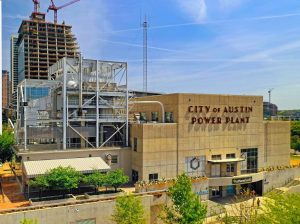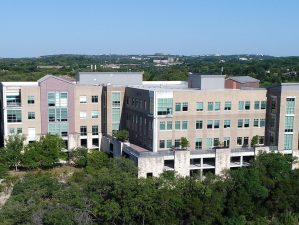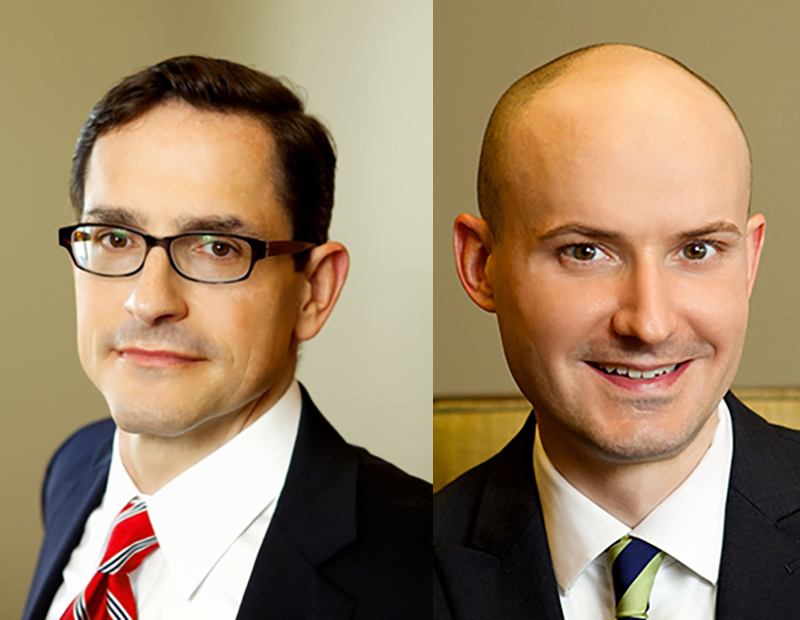Clarion Partners’ Sunny View of Austin’s Office Market
Clarion's Spence Sowa shares his expectations for the city’s future.

Spence Sowa, Managing Director & Head of Asset Management & Office Sector, Clarion Partners. Image Clarion Partners
It’s no secret the office sector has struggled the most since the onset of the pandemic, as remote working led many companies to rethink their need for space. However, some smaller cities have managed to weather the storm better than others. Austin in particular has experienced a significant uptick in companies entering or expanding their footprint in the city, in part because of the state’s business-friendly climate and skilled workforce.
Austin’s development pipeline relative to its existing stock remains one of the largest in the country, highlighting the confidence, especially from big tech names like Dell, Apple and Google, in the metro’s potential as one of the country’s emerging tech hubs.
READ ALSO: Top Office Deliveries
Managing Director & Head of Asset Management & Office Sector Spence Sowa from Clarion Partners talked to Commercial Property Executive about Austin’s office sector performance in the past year and what the future holds for the Texas capital.
What changes have you seen in the Austin office market this year?
Sowa: Whether it’s 2020 or 2021, despite the pandemic, Austin continues to be a red hot market, with real estate activity continuing to increase in both the commercial and the residential sectors. In 2020, there was a good deal of sublease office space coming into the market to the tune of about 3 million square feet.
Over the past year, not only has that sublease availability reduced as large tech firms better determine how to balance their work from home and return to office needs but leasing and the capital markets are picking back up. There continues to be a strong development pipeline.
As Austin remains a very popular destination for top talent and top employers, that will continue to strengthen Austin’s office market.
What sets Austin’s office market apart from other Texas markets?
Sowa: Of course, other major Texan markets such as Dallas and Houston are experiencing growth as well, but the concentration of tech leaders such as Dell, Apple and others continuing to build and grow their businesses in Austin differentiates the office market.
These tech firms bring in young graduates from top schools as younger people want to live in an area with not only great job opportunities, but also greater affordability compared to other major tech markets. I think the ever-growing tech sector helps differentiate Austin from other markets.
What Austin submarkets are best for investment nowadays and what makes them so appealing?
Sowa: I see four important office submarkets: the downtown/CBD area, Southwest Austin, East Austin and Northwest Austin.
The CBD is a walkable area that allows residents and employees to enjoy the live-work-play lifestyle that has grown in popularity over the past decade. Southwest Austin offers a mix of executive and affordable housing with great schools while still being very convenient to downtown. East Austin is a burgeoning creative area, known for its hip vibe and mix of both small and larger tech employers, which offers many of the amenities younger workers are looking for.
And Northwest Austin, which is a larger area, and the area where I see the most opportunity for continued growth. It’s a little further out from downtown, but there is still a supply of affordable housing there, with a more suburban feel for young families seeking space. Plus, you have the Domain and Apple with amenities such as the newly built Austin FC MLS soccer stadium.
Have you noticed an increase in investor interest for office assets in Austin in the past 12 months?
Sowa: Unequivocally, yes. Office may not be the sector du jour in many markets as questions remain about the return to office environment, but everybody wants office space in Austin. And Clarion believes, ultimately, the office sector will continue to thrive in many major employer markets.
Companies may introduce flexible work options for their employees, but they will always need spaces to collaborate and create their own unique cultures. You can’t do that as easily spread out across locations.
Austin is growing as a favorite destination for Silicon Valley companies searching for less expensive areas. How will this influx influence the Austin office market in the long run?
Sowa: This continued growth will only strengthen the office market in Austin. Large tech firms tend to create innovative environments that spawn smaller tech firms. All of this growth feeds on itself to build a bigger tech footprint—and employees want to move to where the most interesting, challenging, well-paid jobs are. The mix of quality of life, affordable living and high-demand jobs will continue to create a need for office space.
Austin has one of the largest office development pipelines in the country. How do you expect new product to impact demand for older properties?
Sowa: I think there is enough demand to offset this new supply and I don’t see that changing anytime soon. In addition, different types of companies have different space needs, so even though there is a lot of new development coming into the market, there will still be a strong need for older buildings due to overall demand.
Does your company have plans for further expansion in the Austin office market? If so, what submarkets are you targeting?
Sowa: We manage more than a dozen properties across three of the four major Austin submarkets (CBD/SW/East) ranging from office to industrial to residential and we will continue to invest in those areas across all property sectors as opportunities arise.
We do not currently own properties in the Northwest area of Austin, but are looking to expand into that area, as we believe it to be the next big growth area.









You must be logged in to post a comment.